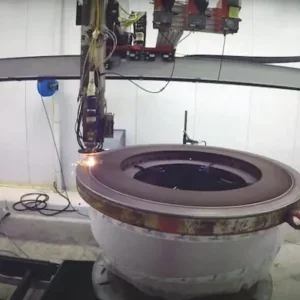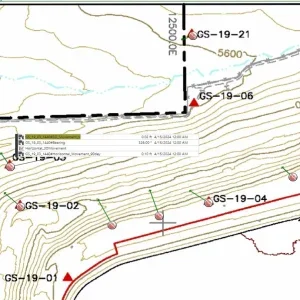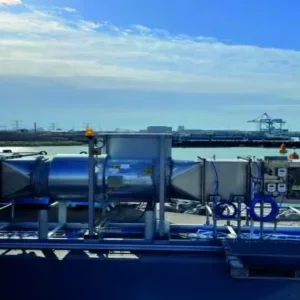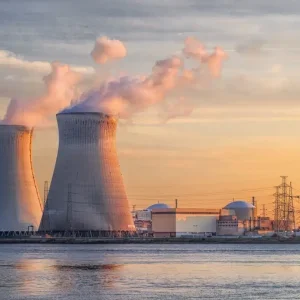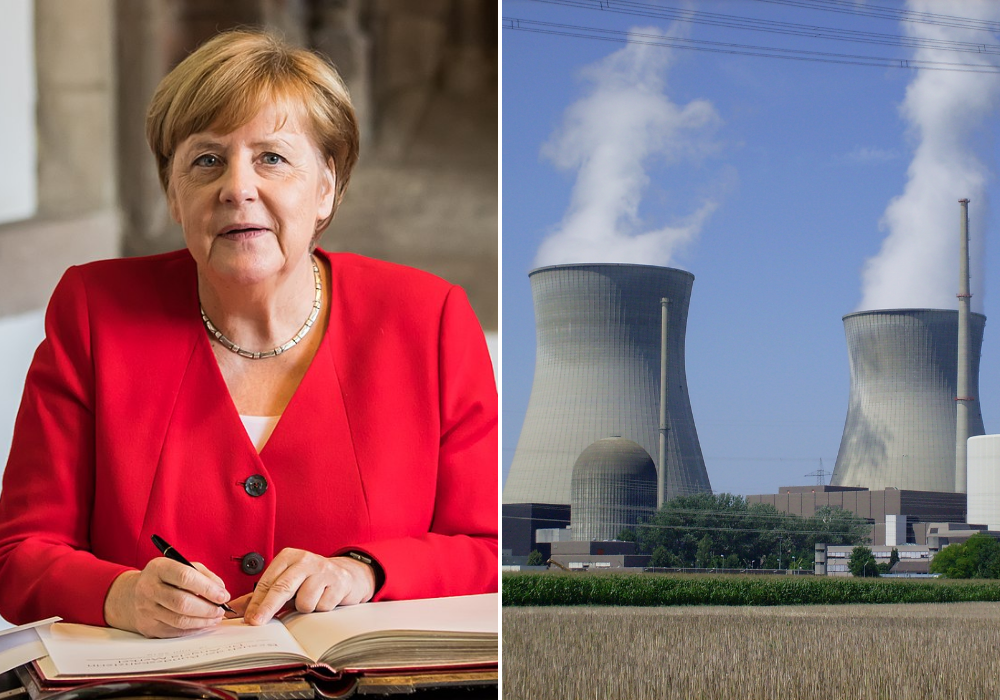
Since the first plant was built in 1954 near Moscow, nuclear power has been a key source of energy across the world. But in 2011, Germany decided to phase out its nuclear stock amid safety concerns surrounding the technology. James Murray finds out from a range of industry insiders whether the country has made the correct decision.
It was only 10 years ago when nuclear power made up almost a quarter of the electricity generated in Germany.
But for the best part of the past 30 years, the energy source has been a contentious issue, with environmental campaigners fighting for its removal from the country’s energy mix.
On the back of mounting pressure and, following the impact of the 2011 Fukushima Daiichi nuclear meltdown – the most severe nuclear accident since the Chernobyl disaster 25 years prior – German Chancellor Angela Merkel took the decision that same year to phase out the nation’s nuclear power stations by 2022.
Although the general public has predominantly backed the stance against a fuel that has low carbon emissions, if not zero carbon, many experts across Europe believe closing down the plants could have a negative impact on both Germany and the EU’s goals to reduce greenhouse gas emissions.
Yves Desbazeille, director-general of FORATOM, a Brussels-based trade association for nuclear energy in Europe, says the decision goes against the beliefs of many international organisations that recognise the “indispensable role of nuclear energy in counteracting climate change”.
“In the EU, more and more countries seem to understand that the full decarbonisation of their energy systems, in line with the Paris Agreement and EU 2030 climate and energy goals, can’t be achieved without nuclear energy,” he adds.
“Germany has recently confirmed it would miss its 2020 emissions targets by a wide margin.
“If it had decided in 2011 to phase out 20 gigawatts (GW) of coal plant capacity instead of nuclear, it would have reached its emission targets and now could be rightly recognised as the European climate champion.”
Why is Germany closing down its nuclear power plants?
The German public has widely been opposed to nuclear for many years, before a coalition government originally submitted a policy to ban the country’s power plants in 1998. This was later cancelled by Merkel’s government in 2009.
But two years later, Merkel, who is a trained scientist and holds a PhD in physics, performed a U-turn by re-introducing the plans and ordered the immediate closure of eight of the nation’s 17 nuclear sites – with the remaining nine to be phased out.
It was billed as the swiftest change of political course since unification in 1990.
The chancellor’s proposal – which was passed by parliament, known as the Bundestag – was bemusing to some as, unlike fossil fuel-fired power plants, nuclear reactors do not produce air pollution or CO2 while operating.
Merkel said that following the Fukushima disaster, where a 15-metre tsunami disabled the power supply and cooling of its three reactors, the risk of another chemical accident occurring was “just too enormous to be controlled by humans”.
Ahead of the 2022 deadline, there are just six nuclear plants left to be taken off the grid – with the power source still producing 12% of the country’s electricity last year.
What impact will closing down Germany’s nuclear power plants have on its climate goals?
The Bundestag has set a goal of reducing greenhouse gas emissions by 40% by the end of 2020 compared to 1990 levels.
Analysis by Berlin-based energy transition think tank Agora Energiewende shows Germany will have reduced its CO2 emissions from 865 million tonnes in 2018 to 811 million tonnes in 2019.
The country’s emissions now sit at 35% below 1990 levels of 1.26 billion tonnes, meaning the 40% target for the end of 2020 is perhaps out of reach in such a short space of time.
Agora’s analyst for energy statistics and scenarios Fabian Hein believes it is unlikely to achieve this goal due to a number of reasons, including the need to replace 1.4GW of power lost from the Philippsburg 2 nuclear reactor that was decommissioned in December 2019.
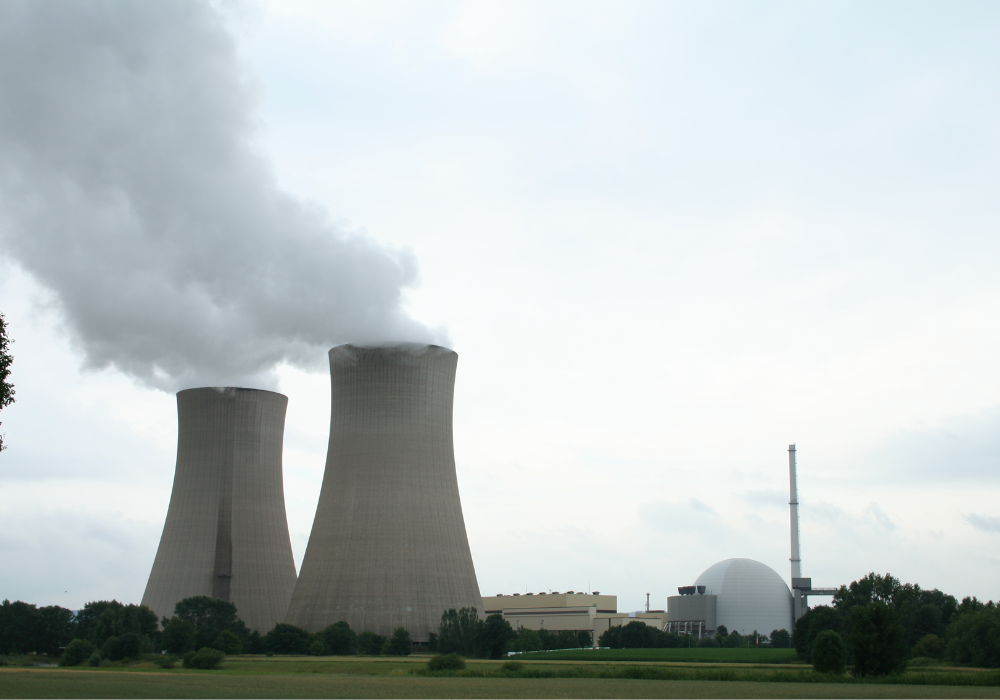
The World Nuclear Association’s senior communications manager Jonathan Cobb says that looking forward, because of the reactors that are facing closure over the next couple of years, there is going to be a “significant loss in low-carbon generation capacity from nuclear”.
Cobb believes any growth achieved in renewables will first of all have to “catch up and fill in that gap”, which will be a “significant challenge”.
He expects there will be a “worsening of emissions” over the next few years – unless there can be a “major turnaround in the rate at which Germany is developing its renewable capacity”.
A 2019 report by US academics, titled The Private and External Costs of Germany’s Nuclear Phase-Out, found the nuclear electricity production that had already been lost due to the phase-out was replaced primarily by coal-fired production and net-electricity imports.
It adds the social cost of the shift from nuclear to coal is approximately $12bn per year and claims the increased use of fossil fuels could have led to 1,100 additional deaths each year from air pollution.
Hanns Koenig, head of commissioned projects for central Europe at data and analytics firm Aurora Energy Research, believes the emissions performance in Germany’s power sector has so far been “sub-par”.
“This is because, for a long time, all we have done is replace one carbon-free source of electricity with another, and we didn’t really do anything about coal,” he adds.
But Koenig says that following the country’s decision last month to phase out its 84 coal-fired power plants by 2038, the approach now appears to be changing.
Although he admits the plan is not very ambitious given that it will take 18 years, he believes this shows politicians are responding to the “very bad” emissions performance.
What impact has Germany’s nuclear power plant phase-out had on renewables?
Germany has the highest clean energy capacity in Europe and produced a record-breaking 43% of power from renewables in 2019, compared with 40% in the previous year.
Another ambitious target it has set is for the share of clean sources to make up a 65% share of the country’s power by 2030.
But Agora believes the country will fall short of this target too and may not reach it until 2035 — with between 58% and 59% expected for 2030.
This is largely due to a lack of investments in onshore wind, with auctions taking place where there were no bids made to develop the technology on land, according to the think-tank.
Despite that, Agora’s deputy executive director Frank Peter says the phase-out is “potentially improving” the nation’s adoption of renewables because nuclear plants are “not the most flexible”.
Peter adds that some of the nuclear plants are adding congestion to Germany’s energy network, so the closure will relieve some of the pressure currently on the system – although he admits the country must deliver on replacing nuclear by “building up renewables”.
Koenig believes the phase-out has put a lot of pressure on the adoption of intermittent renewables, though, because nuclear is the “only non-renewable, carbon-free source of electricity that is available at scale”.
“There is a bit of biomass but the domestic potential of that is limited, so if you have emission-saving targets and you rule out nuclear, wind and solar really are the only way forward,” he says.
How important is nuclear power in Europe?
With Germany a central figure in Europe’s economy and a major influencer within the EU, the decision to phase out nuclear is sure to have an impact on the continent’s climate picture moving forward.
According to a 2018 report by the UN’s Intergovernmental Panel on Climate Change (IPCC), nuclear power is “essential” if the world is to keep global warming to below its 1.5C temperature rise target, as laid out in the 2015 Paris Agreement.
In 2018, the EU Commission acknowledged that, alongside renewables, nuclear will play a key role in decarbonising the economy.
Its report, titled A Clean Planet for All, says that by 2050, more than 80% of electricity will come from renewable energy sources and, together with a nuclear power share of 15%, will be the “backbone of a carbon-free European power system”.
FORATOM’s Desbazeille believes the power source should be viewed as an “indispensable contributor to the EU’s energy and climate goals”.
“Alongside the power sector, nuclear can also help decarbonise other industries such as district heating, industrial heating, hydrogen production or desalination,” he adds.
“As such, it is an excellent contributor to many ongoing endeavours and has a lot of other climate benefits.
“When it comes to land use, the number of hectares needed to produce electricity from nuclear power plants is much lower than wind farms.
“Not only does this reduce the visual impact of energy generation, it also limits land-use change and the loss of biodiversity and natural habitats.”
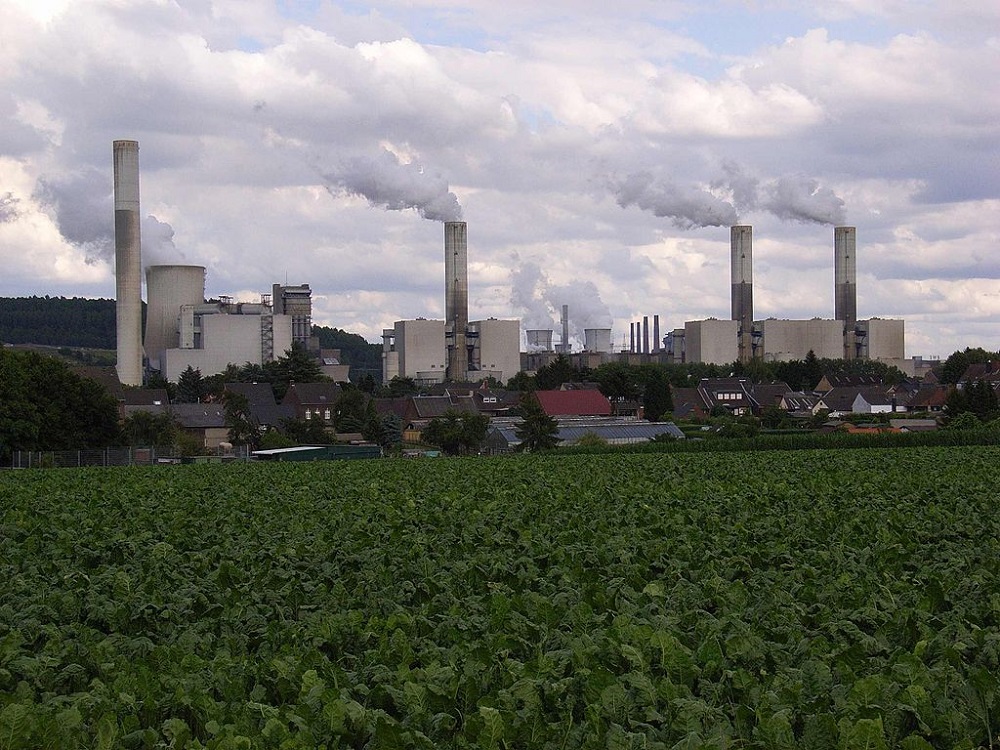
Desbazeille claims it also has a positive impact on the security of energy supply in the EU.
“To put it into context, one 7g uranium fuel pellet can produce as much energy as three barrels of oil, one tonne of coal or 500 cubic metres of gas.
“Nuclear fuel is affordable, easy to store and its costs are marginal in the total cost of electricity.
“According to the Euratom Supply Agency, natural uranium supplies to the EU are well diversified, and most EU utilities have inventories to cover one or two years of operation, with some utilities even covered for more than four years.
“Therefore, nuclear provides guarantees against foreign dependency that could jeopardise Europe’s geostrategic standing.”
Can nuclear and renewables work together on the grid?
There has been much debate as to whether nuclear and renewables can work alongside one another on the electricity grid.
Sven Giegold, a German member of the European Parliament for the Green Party, believes nuclear and renewable power sources are substitutes for one another and should not be treated as complementary.
“Without weaning ourselves off nuclear, renewables will never reach their potential,” he is quoted as saying by the Financial Times.
“It is difficult to predict the flow of energy coming from renewables, but if you all of a sudden have a very sunny day in Germany and have all the energy that we need from solar, then it is not a simple matter to modulate a nuclear power plant.
“It is not a simple on and off switch. At the same time, this means sticking with nuclear leads to renewable plants being switched off more regularly and their energy often cannot easily be stored.”
But Desbazeille points to weather conditions as an issue for relying heavily on wind and solar because of their intermittent nature.
“This means they need to be combined with other sources of low-carbon energy – such as nuclear, the only large-scale form of electricity production which is not weather dependent,” he adds.
“By combining intermittent renewables with flexible nuclear, Europe will be able to decarbonise its electricity system, while at the same time ensuring the security of supply at an affordable cost.

Cobb, of the World Nuclear Association, says the pair can work together on the grid, particularly for Germany as it is in a “very central position to access a lot of interconnections”.
He adds: “It has access to hydro interconnections towards Scandinavia.
“You look at Sweden and it has a mix that is about 35% to 40% nuclear and then 40% or 50% hydro, so there is a very high percentage of low-carbon hydroelectricity in that country and that works together really well.”
Cobb points to Ontario, Canada, as an example of how decarbonising is possible through the use of both types of technologies, as he claims it has eliminated its coal generation by concentrating on nuclear while also increasing renewables.
But Koenig believes a 100% renewables systems will be cheaper than a combination with nuclear because nuclear technology has a higher capital expenditure (CAPEX) and fixed costs.
He says this is because nuclear power plants want to run for longer to spread the costs over more megawatt-hours produced.
“That is precisely not what you need in a higher renewables system,” he adds.
“Because in a higher renewables system, the cheapest megawatt-hour in 90% of the hours will come from a wind farm or solar park, so what you need is something to produce a lot of electricity in very few hours.
“You can do this with nuclear from a technical perspective, but it’s an economic challenge. Nuclear has a very high CAPEX, and it has very high operating and maintenance costs.
“If you spread that over 1,000 hours a year in which the plant runs, nuclear becomes even more expensive than it would be on a baseload basis.”
Are nuclear power plants safe?
Following major incidents like Fukushima and Chernobyl, questions are often raised around the safety of nuclear – but there has yet to be a serious accident related to it in the EU.
Cobb says that in comparison to other forms of generation, nuclear is generally considered safe.
“If you look at the research that has been done in terms of fatalities per kilowatt-hour – as blunt as that sounds – it compares very well and is far safer than any other fossil source and large-hydro, where there have been major accidents that haven’t got the same notoriety as Fukushima and Chernobyl,” he adds.
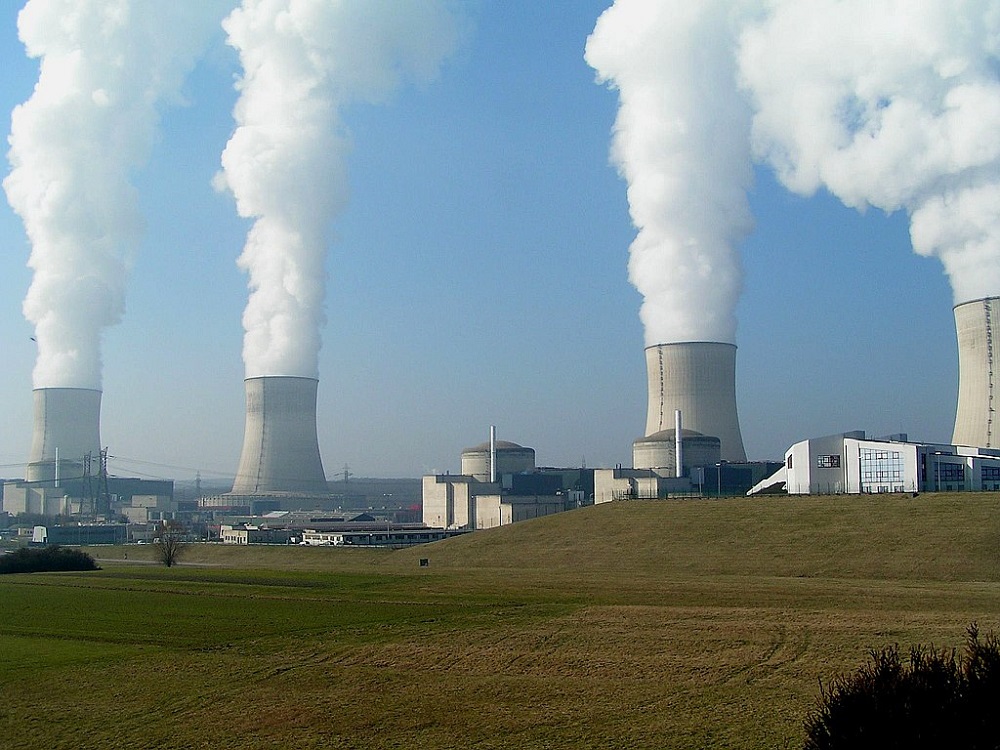
Desbazeille says the safety of all nuclear facilities is governed by stringent laws overseen by an independent regulator in every country that has a nuclear programme or is embarking on one.
“Maintaining a high level of safety is non-negotiable for the long-term operation of existing nuclear power plants, for new build projects and for gaining public acceptance of and confidence in nuclear,” he adds.
“After the Fukushima accident, stress tests – carried out in all nuclear reactors operating in the EU – confirmed that none of them needed to be closed, testifying to the high safety standards of nuclear power plants operating in Europe.
“The EU also introduced additional safety regulations, which have been implemented by the European nuclear industry.
“In general, the EU’s Nuclear Safety Directive, which was adopted in 2014, provided the EU with the strongest safety standards in the world.”
Although Koenig argues that nuclear is not safe, he stresses that “no energy source is perfectly safe”.
“There are studies that show hundreds of thousands of people are being killed every year because they live close to coal plants and they are slowly getting poisoned,” he adds.
“Every year, there are people falling off windmills they are constructing and they die.
“So with nuclear, no, it’s not safe. But compared to a lot of the other options, especially coal, it is very safe.”
Although questions will remain on whether nuclear power is a safe energy source moving forward, only time will tell whether Germany’s decision to close down its power plants was the correct one.


